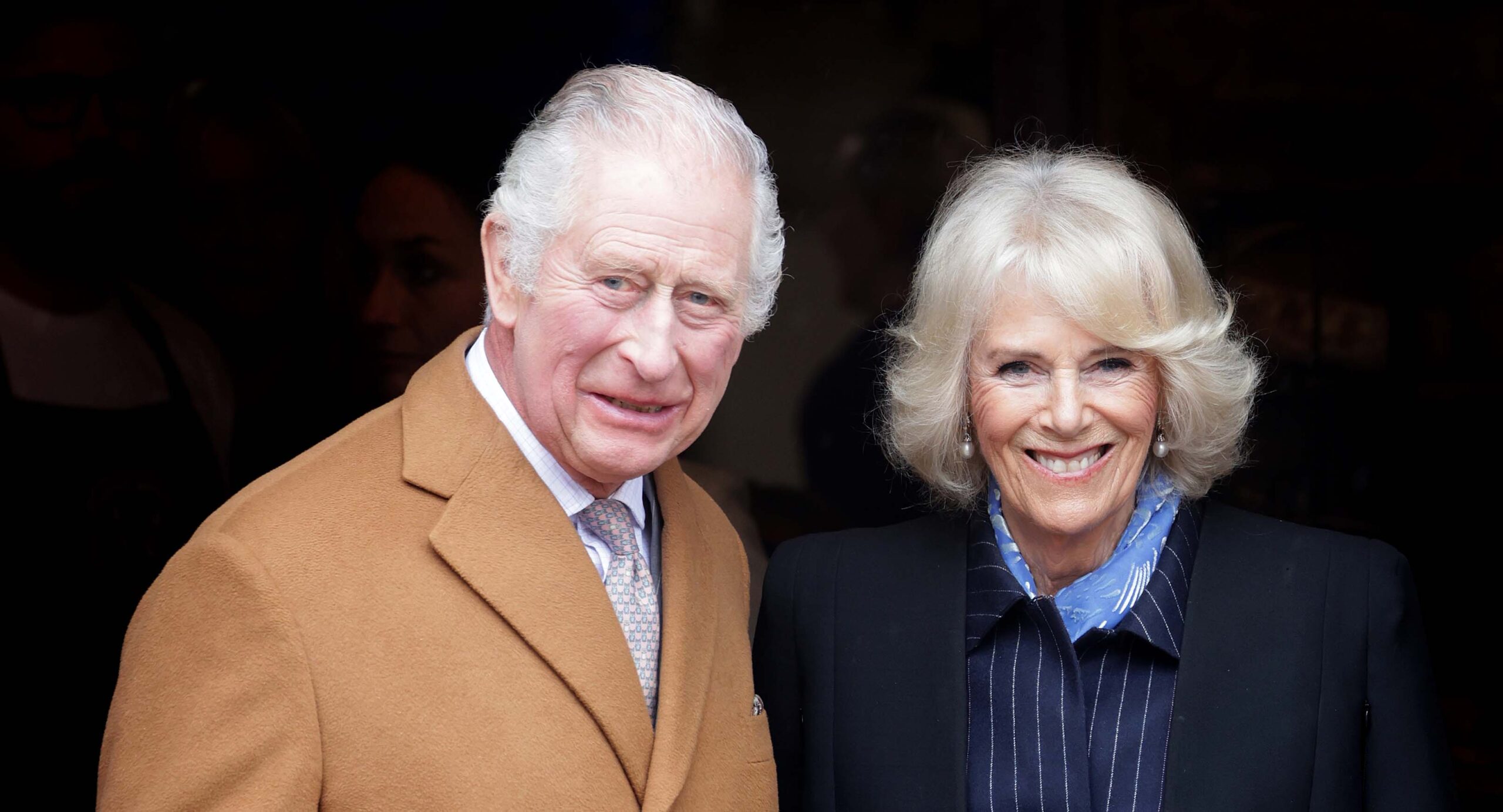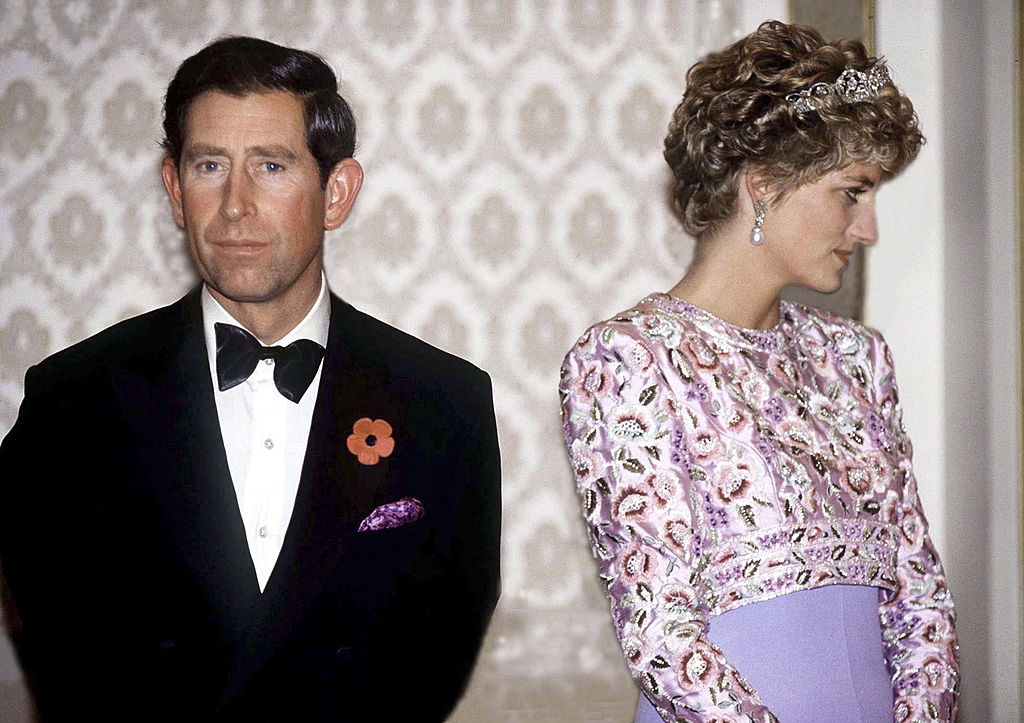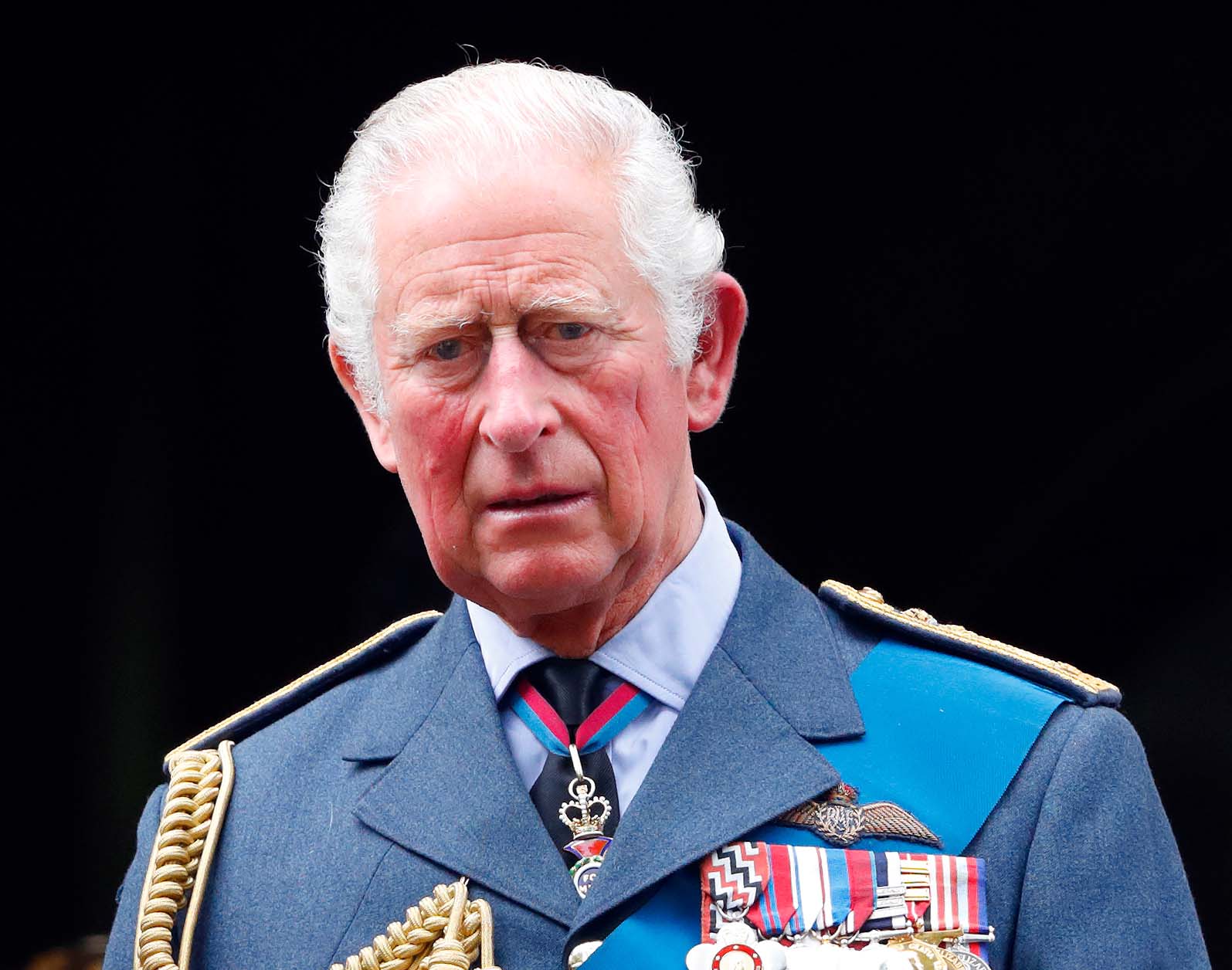
King Charles is the military’s Commander-in-Chief and has served in the Royal Air Force and Royal Navy. For centuries, ever since the days when the king led his army into battle, it’s been a tradition that the monarch, as well as senior members of the royal family, is associated with – or serve – in the armed forces.
King Charles found his passion in the Royal Air Force, and flying became a huge hobby, just as for his father. He took his first flying lessons while studying at Cambridge University, and many years later, he was even rumored to have flown the royal plane to meetings and duties abroad by himself.
The then-prince loved flying and became a great pilot. However, in 1994, tragedy almost struck when Charles was to land a Queen’s Flight passenger jet. Things didn’t go as planned, and the plane crashed – and if things had gone differently, we could’ve had a king named William today.
King Charles has been preparing for life as king for many years. His official duties as heir to the throne involved all sorts of engagements.
King Charles to undergo prostate correction procedure
Sadly, after less than two years since ascending the throne, Charles has been forced to postpone engagements and rest. On Wednesday, January 17, Buckingham Palace released a statement saying King Charles will attend hospital for treatment for an enlarged prostate.
“In common with thousands of men each year, the King has sought treatment for an enlarged prostate,” the statement read.
According to the NHS website, benign prostate enlargement – which is non-cancerous – is common in men over 50 and is not usually a serious condition. Today, it’s unclear what corrective procedure the king will undergo.
It’s yet not known precisely how long King Charles will be away, but hopefully, he is soon back on his feet.
Since Charles is now king, he likely has had to give up some causes that lay closest to his heart, such as botany, gardening, and environmental associations like WWF. He simply won’t have time to give them the necessary attention.

As Queen Elizabeth’s health deteriorated in the latter years, he carried out many of her responsibilities. For example, in 2013, he represented his mother for the first time at the Commonwealth Heads of Government. He also delivered the queen’s speech at the opening ceremony of Parliament in 2022.
King Charles – accidents
Of course, becoming king doesn’t only concern the UK; Charles also becomes Head of the Commonwealth. That includes 54 independent countries, and Charles becomes the head of state for 15 nations, including Australia and Canada.
King Charles has performed his royal duties for decades. He’s visited many countries worldwide and has primarily done so without incidents.
However, there have been two occasions where Charles was close to being the center of what could’ve been a very tragic accident.
In fact, he could’ve died – and one occurred during a live television broadcast.
In 1545, King Henry VIII’s flagship, The Mary Rose, sank during a battle with the French fleet. It sank in Solent, between the Isle of Wight and Great Britain, and would lie on the ocean bottom for centuries.
In October of 1982, The Mary Rose was excavated, and then Prince Charles was there to watch the effort. Charles was a huge fan of the ship’s history and supported the efforts of lifting the boat from its ocean grave.
As a result, he wanted to watch the process with his own eyes. He was even among the last people to dive into the wreck alongside archaeologists just outside Portsmouth Harbour.
A giant crane nearly crushed King Charles
“I remember my days of diving on the ship out in the Solent in the most impossible conditions, it was like swimming in a kind of lentil soup, you couldn’t see anything, or so I thought, until it was under your nose,” Charles recalled when meeting volunteers and fundraisers at the Portsmouth Historic Dockyard, Hampshire in 2014.
“What I could never get over was the sheer expertise of the archaeologists operating under water.”
Moreover, the then-Prince recalled encouraging workers to work despite technical difficulties and poor weather.
“I will never forget the almighty crash as the chains came down, and I thought it was all my fault. I think it was worth taking the risk as we have this truly remarkable example of a Tudor warship which is unique,” Charles said.
As King Charles said, he will never forget the crash. But the reality is that the crash could be remembered today as the day when the heir to the throne died. That, according to the Channel 4 documentary Raising the Mary Rose: The Lost Tapes, which marks 40 years since the excavation took place.
As reported by the Daily Mail, Charles examined the vessel up close as it was lifted from the seabed. He was supposed to board the remains of the ship. However, security was critical, and the idea was ruled out as too dangerous.

Suddenly, the giant crane called Tog Mor – Gaelic for “big lift” – collapsed. The frame broke away and almost smashed the ship’s hull, close to where the king would have stood.
“The future king of England could have died live on TV”
Royal Engineer Jack Frost was involved in lifting The Mary Rose from the sea and saw the crash with his own eyes.
“You know, the future king of England could have died live on TV, which I think would have changed the whole aspect of the recovery, to be honest. Everything went silent. There wasn’t a whisper. No one spoke for what felt like minutes, was probably ten seconds, but just no one moved,” Frost said in the documentary Raising the Mary Rose: The Lost Tapes.
Another man, Martin, who helped build the crane, recalled the incident.
“I remember when the frame broke the water, and after only about half an hour, there was a loud crack. Everything stopped, and everyone at the office panicked. We immediately thought the crane had failed,” Martin said.
Ultimately, King Charles made it through without a scratch, and the ship was saved. In fact, without the monarch, it’s not too great a stretch to say the vessel might still be underwater.
While this incident in 1982 could’ve been the last we ever saw of King Charles, about 12 years later, he was cheating death once again. This time, he was in an airplane, and considering his flying record, things should have been under control.
But as you might understand, at this point, it didn’t turn out the way it was planned.

Just like many royals before him, King Charles entered a military career. He has served in both the Royal Air Force and Royal Navy, but the former became his biggest passion.
King Charles – Air Force and pilot career
Like his father, Prince Philip, Charles became very interested in flying. He decided to follow in his now late father’s footsteps.
While studying at Cambridge University, in 1968, Prince Charles took his first flying lessons led by then-squadron leader Philip Pinney. The two spent two and a half years together while he learned all the essentials.
“It was a very relaxed relationship where he’d call up asking to be taken out in the aircraft on weekends, and when training was deployed to Aberystwyth one summer, he’d join us in the mess, fly as much as he could, and we even went hiking and fishing together in our down time. It was a wonderful experience, “Squadron Leader Philip Pinney recalled.
Charles moved on to enroll at RAF College at Cranwell, and in August the same year, he got his wings.
At RAF College, Squadron Leader – and later AIR Chief Marshal), Sir Richard Johns was the prince’s instructor.
“I had to put my complete faith in the pilots I was training. Prince Charles had a natural ability and picked things up very quickly. He was an easy student to teach, and I was very impressed by not just his focus and concentration but his impeccable determination to succeed. He was not going to fail, it was as simple as that,” he said.

Sir Richard Johns and Philip Pinney had prepared King Charles for the next step in his education. He prepared for a career in the Royal Navy and had military flight experiences. Not long after, Charles qualified as a helicopter pilot, flying from the Commando aircraft carrier HMS Hermes.
King Charles ‘crashed’ an airplane in 1994
As the Prince of Wales, Charles had to help his mother, Queen Elizabeth, with specific royal engagements, which meant traveling worldwide and welcoming world leaders to England. After he received his pilot license, Charles went to the Caribbean and Germany, as well as to Australia, New Zealand, Nepal, and India.
The logs for the flights have yet to be released. However, reports state that Charles could’ve been the one flying himself and royal members worldwide whenever he had the chance.
King Charles ended his service in 1976, but he would fly again years later. In 1994, when approaching Islay for a five-day official visit to Scotland, he was given the chance to land a Queen’s Flight passenger jet.
But it almost ended in tragedy, an immense tragedy.
On June 29, 1994, King Charles, who technically was a passenger and invited to land the plane, was to land on Islay.
But when approaching the runway, something went very wrong. The aircraft hit the ground at too high a speed. Charles realized that he had little runway left. Therefore, the experienced pilot decided to brake drastically to stop the plane from sliding onto the rough landscape next to the runway.

Because of the heavy impact, three tires blew. Meanwhile, the jet stopped only 60ft from a 14ft drop into a stream.
“It wasn’t quite a crash. We went off the end of the runway, unfortunately. It is not something I recommend,” Charles explained.
“He did exactly what he was told to do”
Former RAF Squadron Leader Graham Laurie was the pilot that day. During the crash inquiry, he was suspended, and no blame was put on Charles.
“The nose wheel had landed because it was right beneath us, so we were bumping along the runway,” he said. “But what we didn’t realize was the main wheels were still slightly clear of the ground, so consequently, when I took over, I still couldn’t stop it going off the end.”
Laurie, who was never formally disciplined, added. “With hindsight, of course, I should have got him to overshoot and make another approach. But I actually told him to land, so he did exactly what he was told to do.”
While Graham Laurie didn’t get any reprimands, he admitted that it had “career implications.” No person onboard received any injuries.
Furthermore, King Charles decided that the accident was the last straw. He gave up his flying license a year later and decided to ground himself from flying again. Meanwhile, at the time, St James’s Palace said it was a “personal decision the Prince took on his own.”

So, how much damage was done to the plane?
“It was a very unfortunate incident. The damage was well in excess of £1million. But then, to be fair, any aircraft accident is always expensive,” Plane expert Keith Wilson noted.
Several royal family members have died in airplane accidents
King Charles made it out without a scratch. Sadly, other royal family members have tragically been killed in air travel accidents. In 1942, Prince George, Duke of Kent, was killed in a military air crash, and Prince William of Gloucester was killed in 1972 while participating in an air show.
Still, royals don’t seem to have enough of flying, and both Prince William and Prince Harry decided to walk down the same path.
What is it that the royals are drawn to?
“Part of the attraction of air travel must be the risks. It’s a sense of adventure. I suspect they quite like the thrill of putting their life on the line,” royal historian David McClure said.
“But there might also be a deeper, psychological reason they’re attracted to flight: because they live most of their life in a gilded cage. Their life is regimented. When they go up in the air, they’re almost free. They’re literally spreading their wings.”
Please share this article on Facebook if you enjoy reading about the royal family!
READ MORE
- Kate Middleton to stay in the hospital after surgery – doctor says it could be months before she can “move around normally”
- Harry’s heartbreaking 7-word response to King Charles after being evicted from Frogmore Cottage




